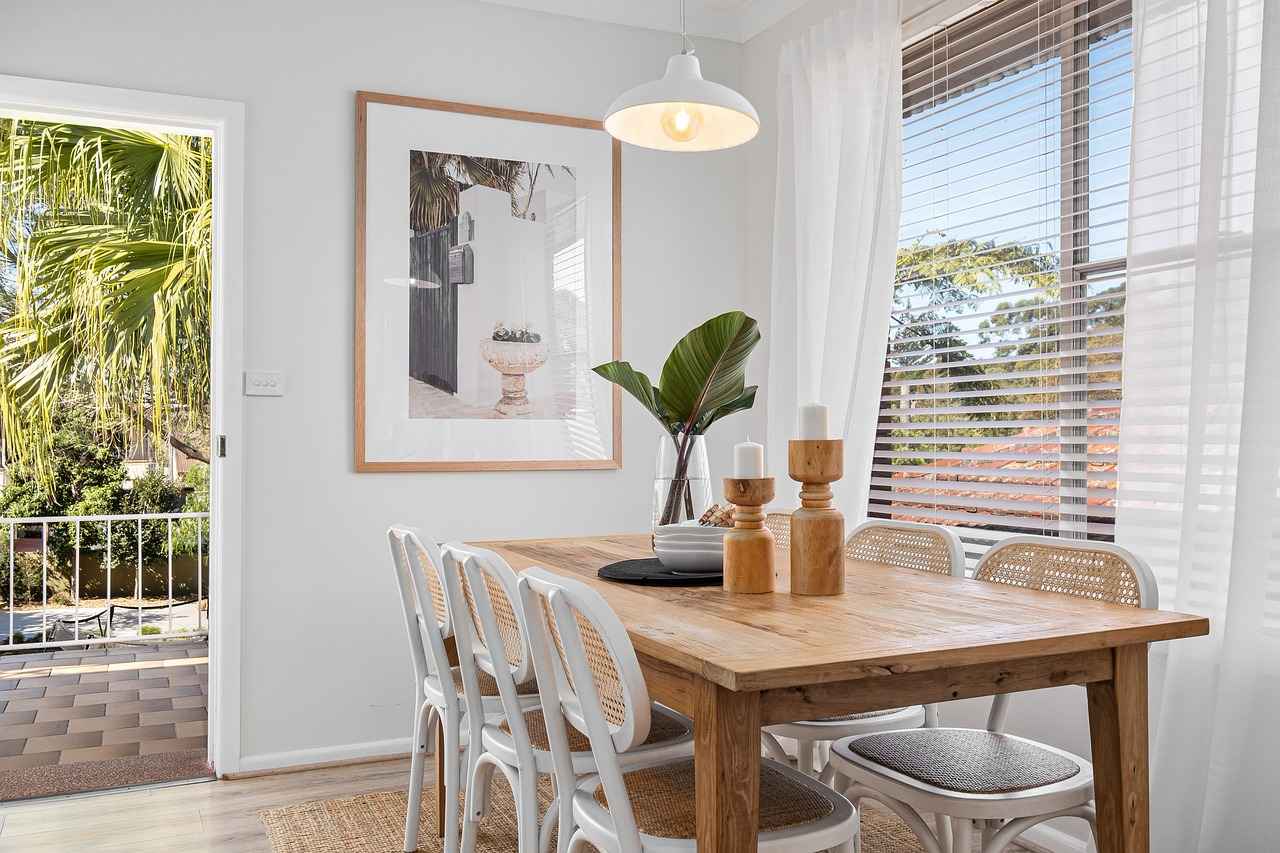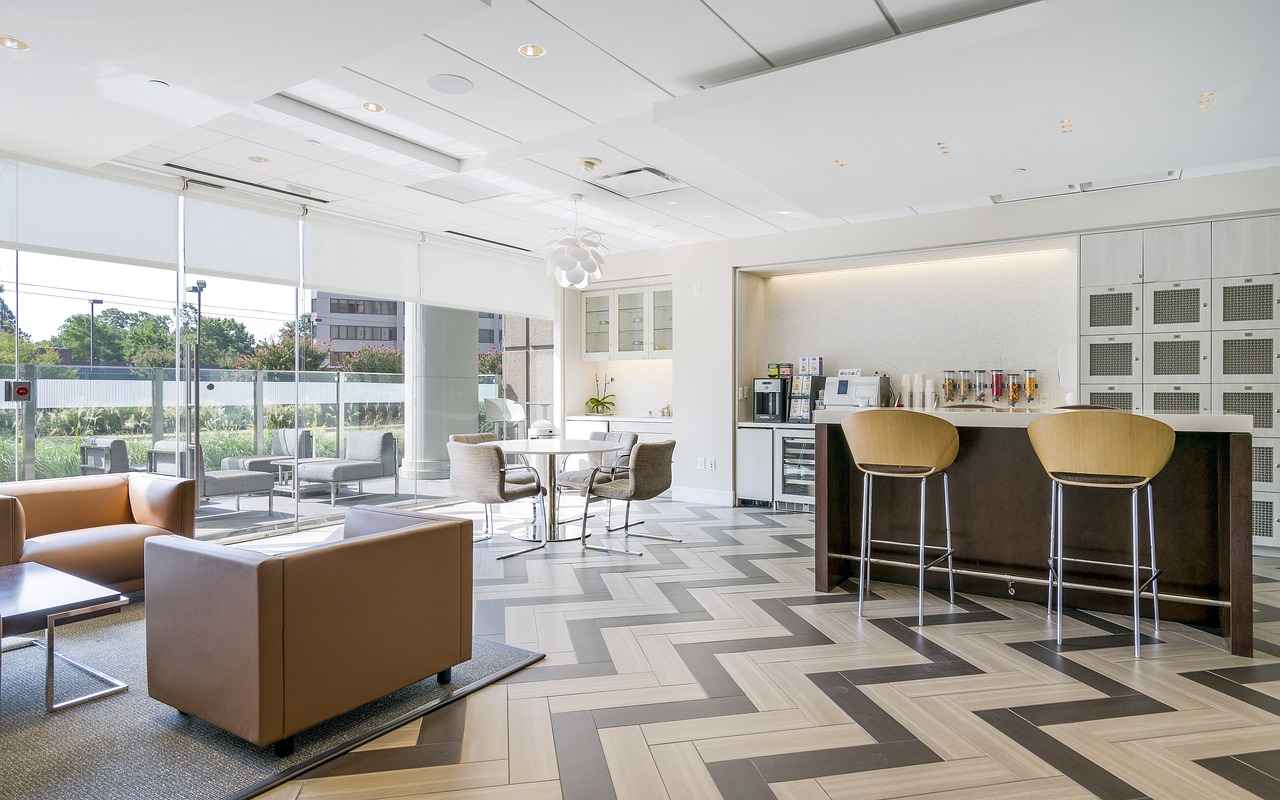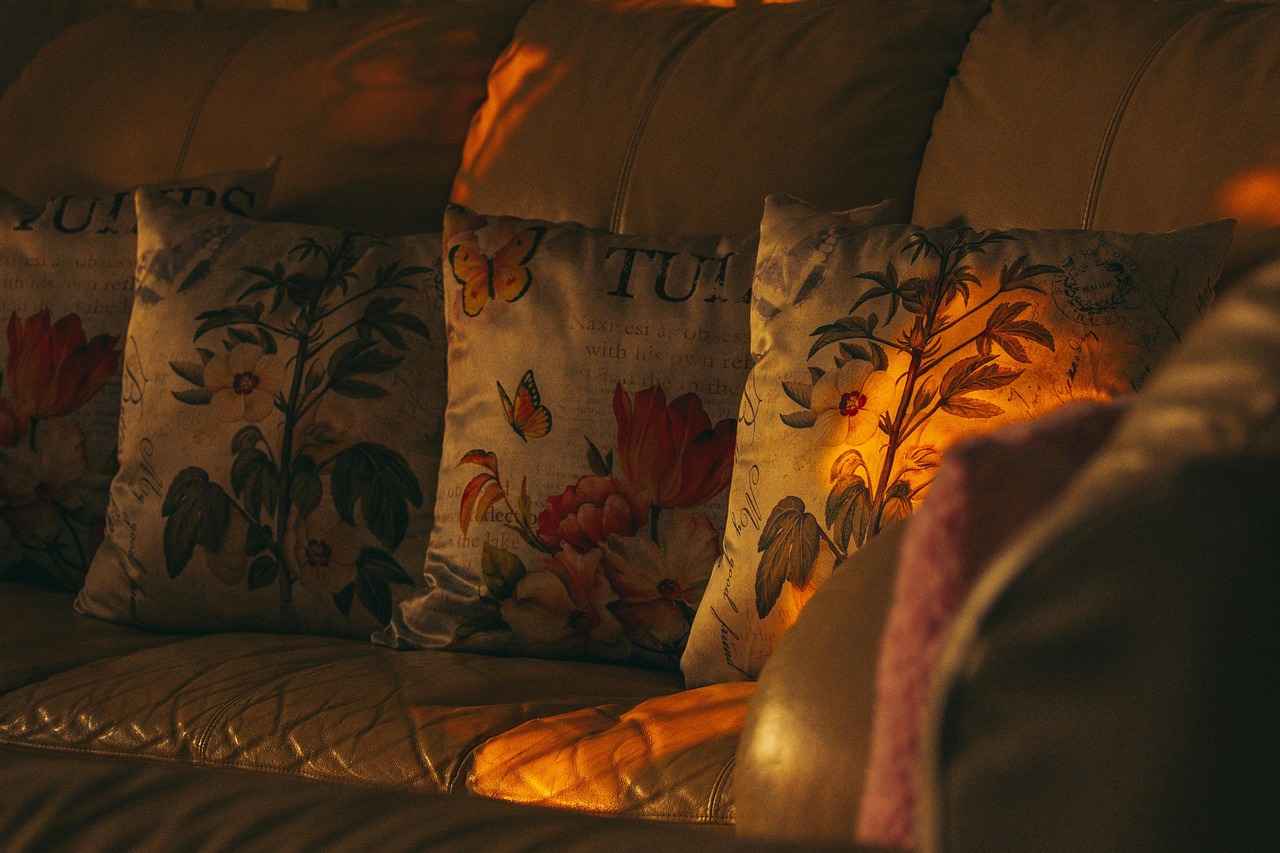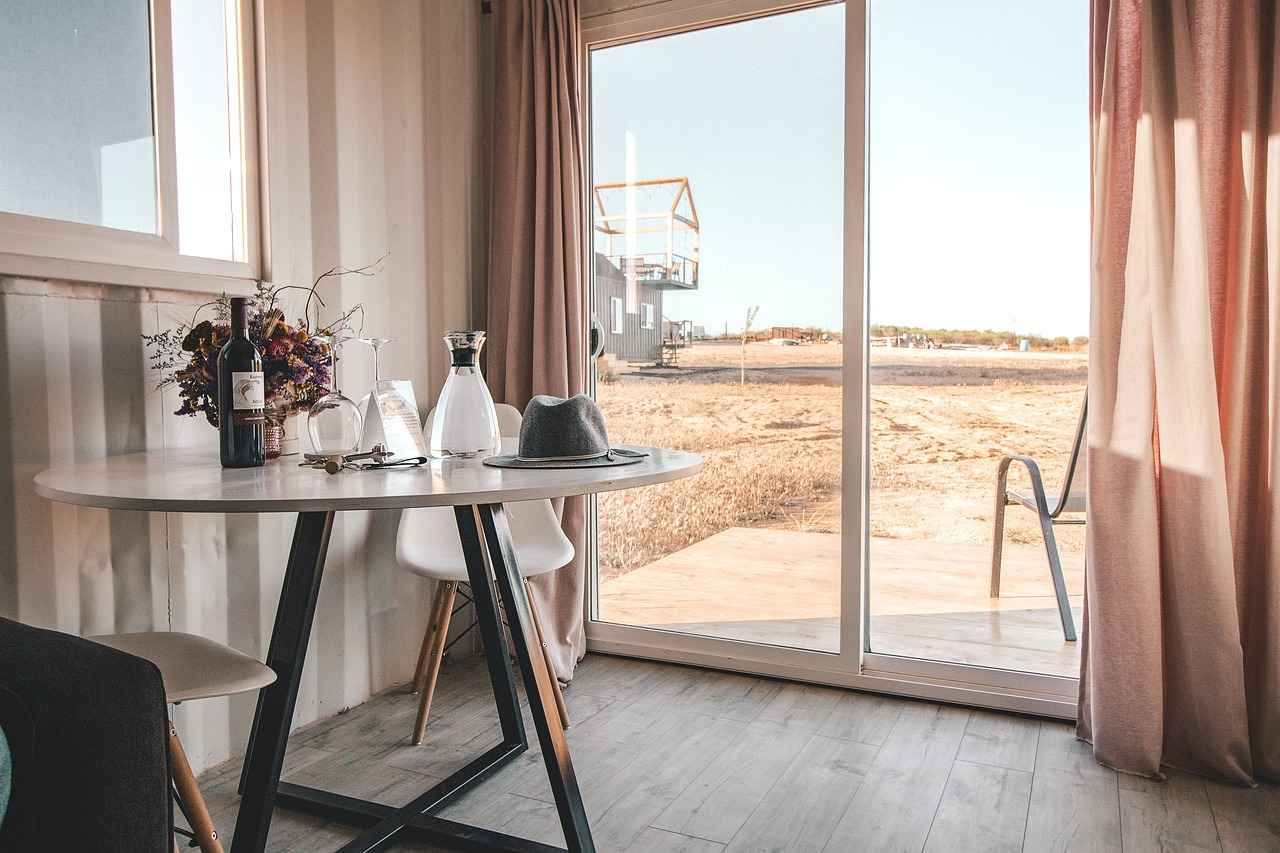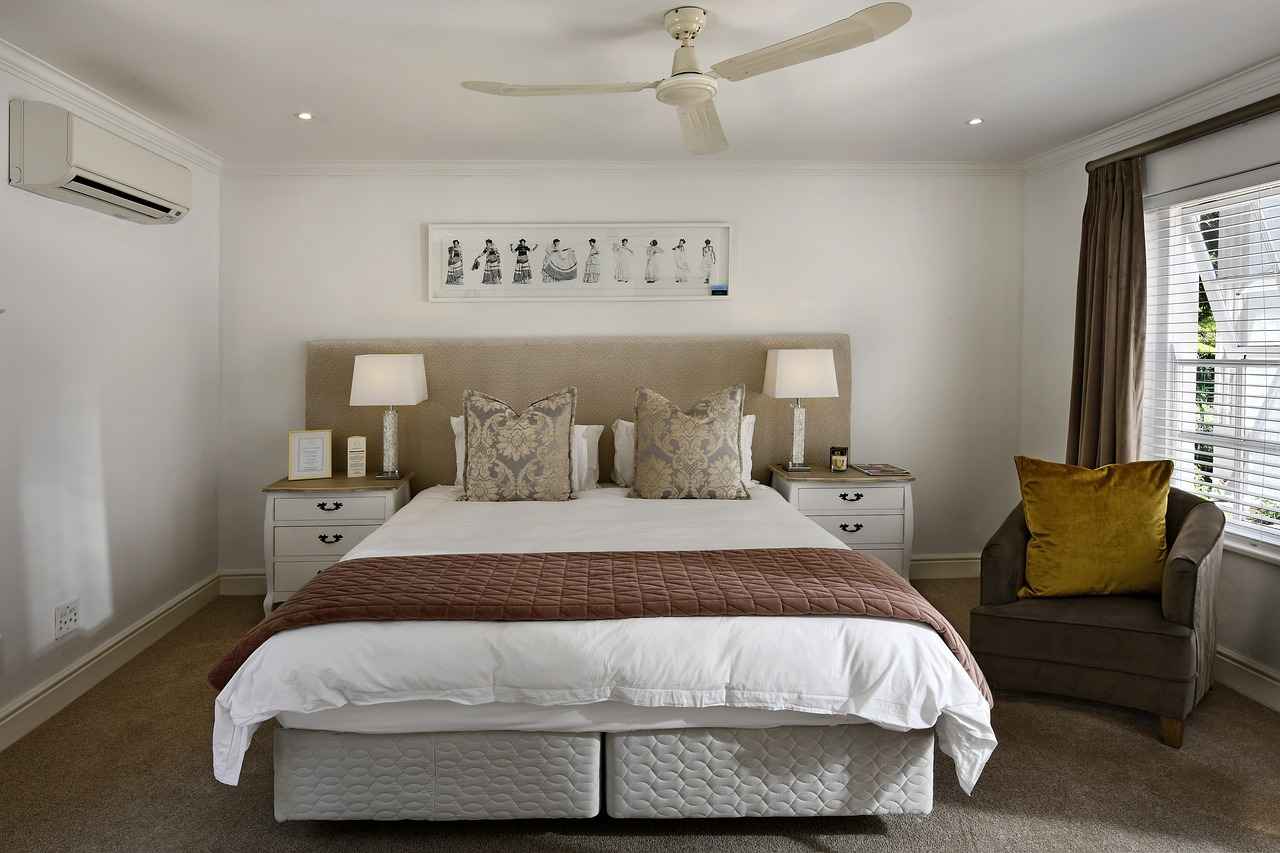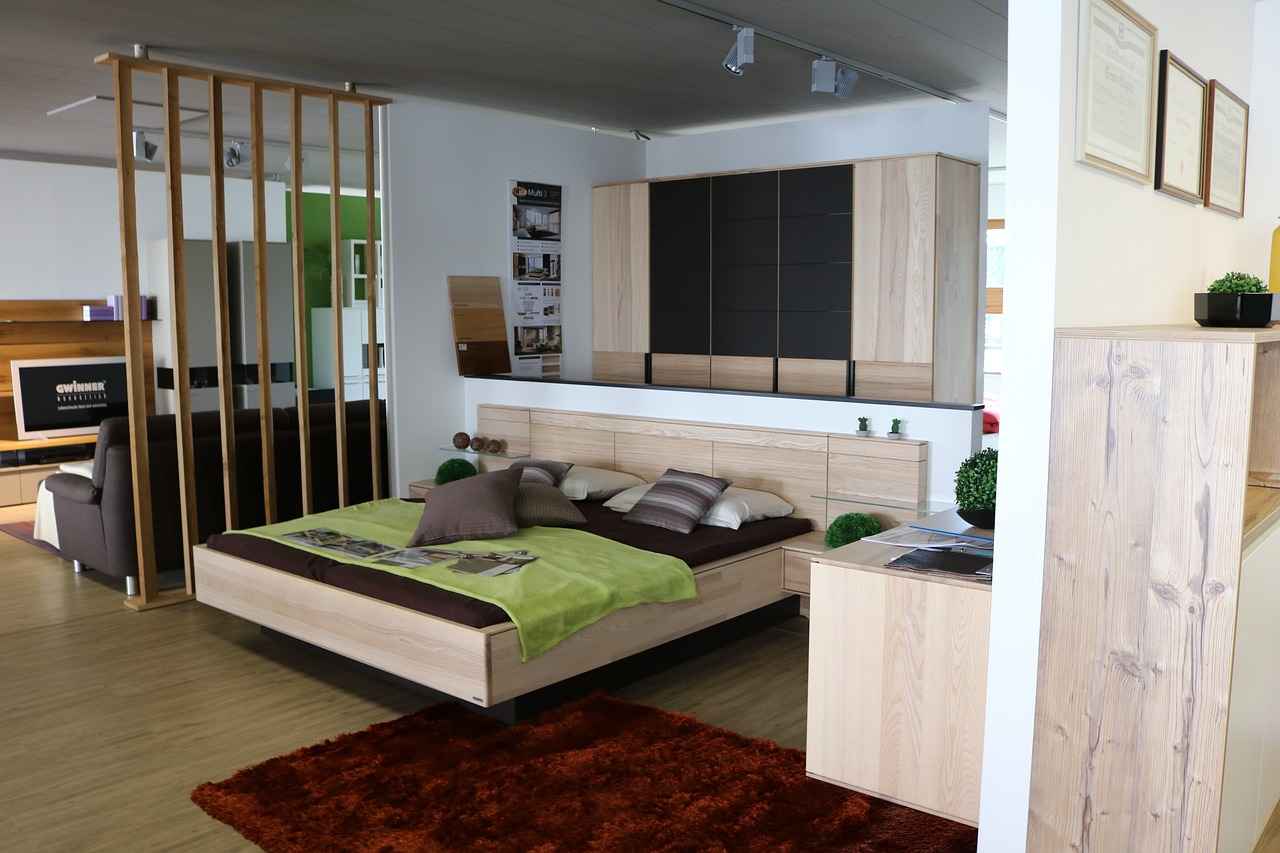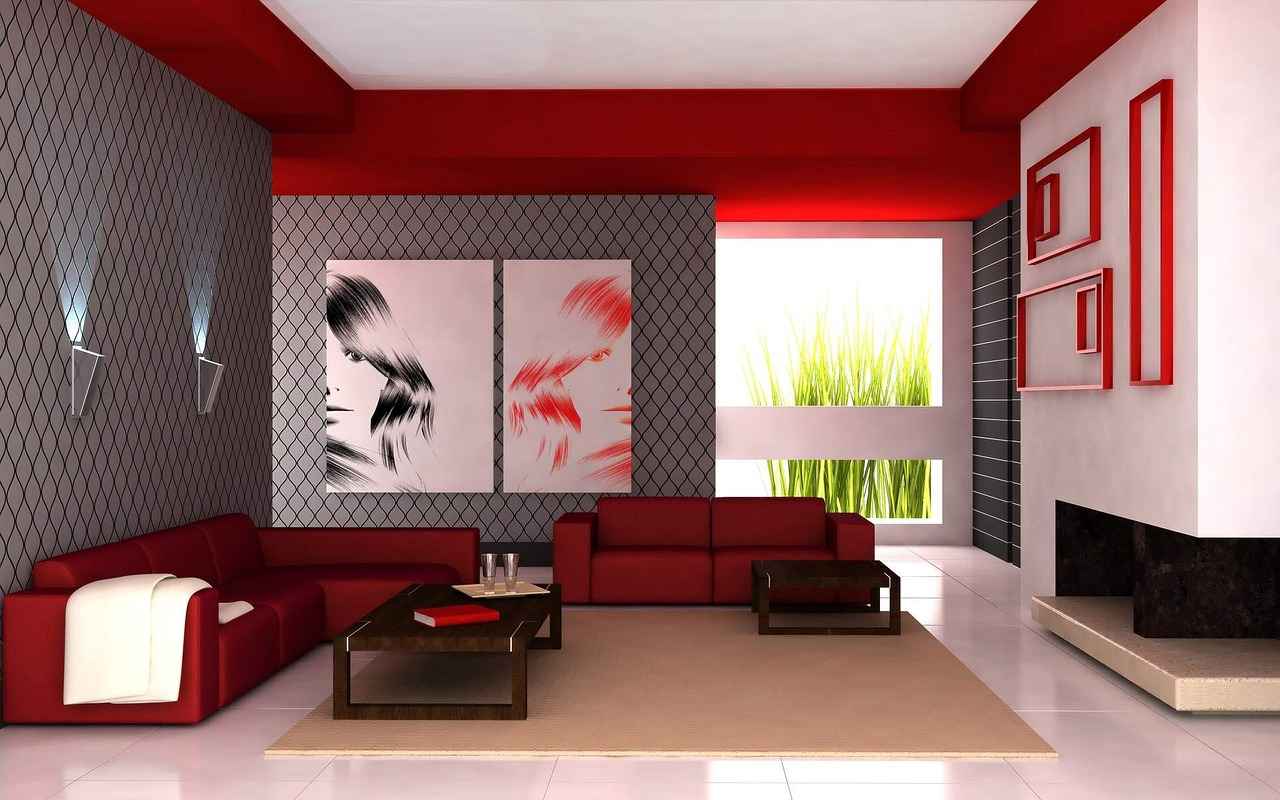This article delves into the advantages and disadvantages of freestanding and hanging room dividers, empowering you to make an informed choice that aligns with your space, style, and functionality requirements.
Freestanding room dividers are independent structures that can be easily moved and repositioned as needed. They are typically lightweight and versatile, allowing users to create temporary or permanent spaces without the need for installation. This flexibility makes them ideal for multi-functional areas and temporary setups.
Hanging room dividers are suspended from ceilings or walls, providing a more seamless division within a room. They are often used for a more permanent solution and can enhance the overall aesthetic appeal of a space. These dividers can be made from various materials, including fabric, wood, and glass, and can create a stylish focal point in your decor.
- Mobility: Easily rearrange your space as needed.
- Versatility: Suitable for temporary or multi-functional use.
- Variety: Available in numerous styles and materials.
- Aesthetic Appeal: Provides a modern, sleek look.
- Stability: Typically more stable and secure.
- Acoustic Benefits: Can enhance sound insulation.
Cost is a vital consideration when choosing between freestanding and hanging dividers. Generally, freestanding dividers can be more budget-friendly due to their lower installation costs. However, hanging dividers may offer long-term value if you seek a more permanent solution.
Room dividers can significantly impact how you utilize your space. They can create cozy nooks for relaxation or separate areas for different activities, enhancing the overall functionality of your environment.
Maintenance is crucial for any home decor. Hanging dividers may require less frequent cleaning and upkeep compared to freestanding options, depending on the materials used. For instance, fabric dividers might need regular washing, while wooden or metal dividers can be easily wiped down.
The choice of materials greatly affects the durability and aesthetic of room dividers. Common options include:
| Material | Benefits |
|---|---|
| Wood | Durable and classic look |
| Fabric | Softens sound and adds warmth |
| Metal | Modern and sleek |
| Glass | Creates an open feel |
Selecting the right size for your divider is essential for both functionality and design. Measure your space carefully and consider the intended purpose of the divider to ensure it fits harmoniously within your environment.
Privacy is often a primary concern when using room dividers. Understanding how each type can provide visual and acoustic separation can greatly influence your choice, especially in shared living spaces.
The style of your room divider can significantly complement your interior design. From modern to traditional, exploring various styles can help you find the perfect match for your decor, ensuring that your divider not only serves a functional purpose but also enhances the overall aesthetic of your space.
Installation of hanging dividers involves specific techniques and tools. Knowing the steps can help ensure a secure and aesthetically pleasing setup in your space. Typically, you will need a ceiling or wall mount, appropriate hardware, and some basic tools to achieve a professional look.
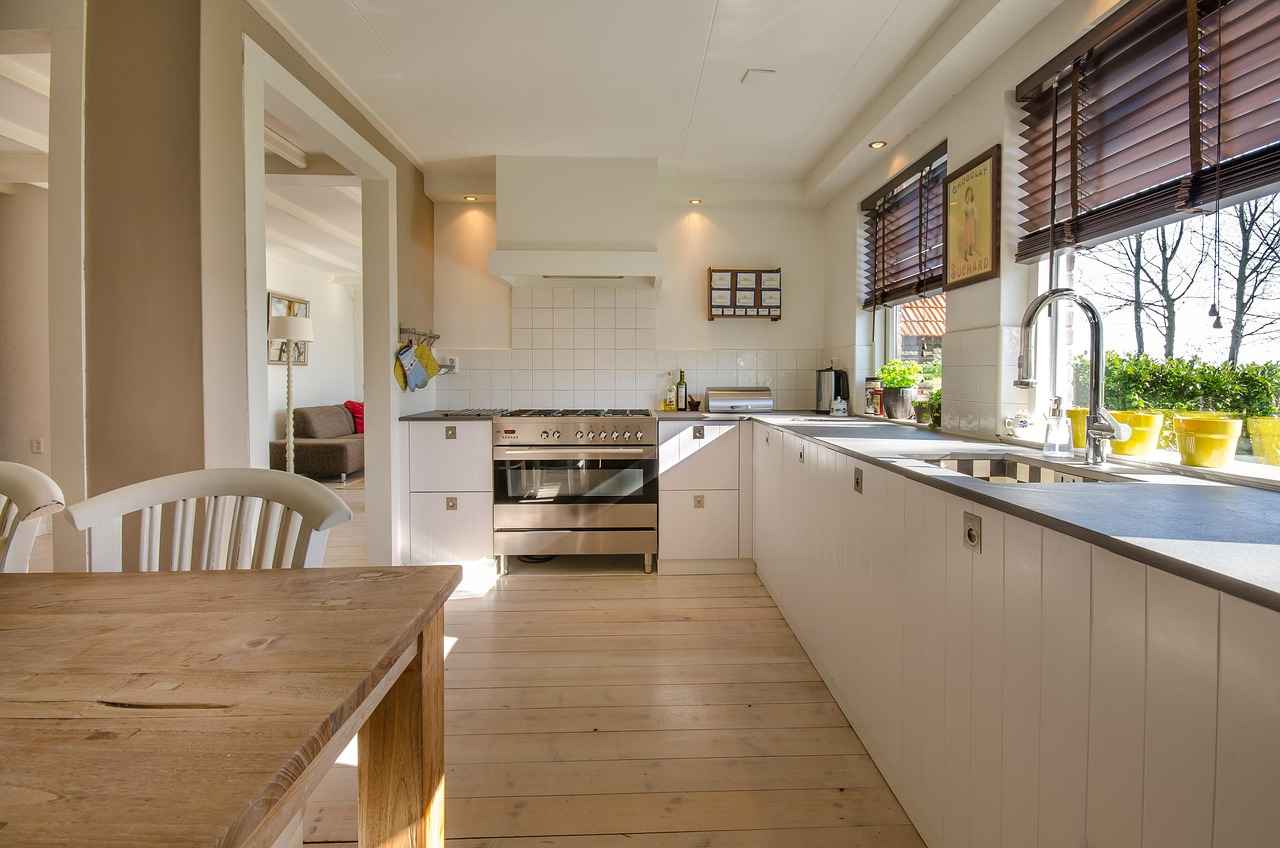
What Are Freestanding Room Dividers?
Freestanding room dividers are versatile and practical solutions for modern living spaces. Unlike traditional walls, these independent structures can be easily moved and repositioned to suit your changing needs. They are designed to offer flexibility in creating distinct areas without the need for permanent installation. This ability to adapt makes them ideal for various settings, including homes, offices, and event spaces.
One of the primary advantages of freestanding room dividers is their mobility. You can effortlessly rearrange them to create new layouts or redefine spaces based on your activities. Whether you need to separate a workspace from a living area or create a cozy reading nook, these dividers can be adjusted as needed.
Freestanding dividers come in a wide array of designs, materials, and colors, allowing you to choose an option that complements your decor. From sleek modern styles to more traditional wooden screens, there is something for every taste. This variety not only enhances the visual appeal of your space but also allows for personal expression in your interior design.
- Space Optimization: They can effectively utilize underused areas, turning them into functional spaces.
- Temporary Solutions: Perfect for renters or those who frequently change their layouts.
- Easy Installation: No need for tools or complex setups, making them user-friendly.
Privacy is often a key concern when designing open spaces. Freestanding room dividers can provide a sense of seclusion, allowing individuals to engage in activities without distractions. While they may not offer complete soundproofing, they can significantly reduce visual and auditory interruptions, making them a practical choice for shared environments.
Cost is an essential factor for many when selecting room dividers. Freestanding options often come at a lower price point compared to permanent installations. Their affordability, combined with the ability to change configurations, makes them a budget-friendly choice for those looking to enhance their spaces without overspending.
Maintaining freestanding room dividers is generally straightforward. Depending on the materials used, they may require occasional cleaning or dusting. Fabric dividers might need more frequent attention, while wood or metal options can be wiped down easily. This low maintenance requirement makes them an appealing choice for busy lifestyles.
When selecting a freestanding room divider, size matters. Consider the dimensions of your space and the intended purpose of the divider. A larger divider can create a dramatic effect, while smaller ones can subtly define areas without overwhelming the room. Measure your available space carefully to ensure a perfect fit.
Freestanding room dividers represent a modern approach to space management, offering flexibility, aesthetic appeal, and functionality. Their ability to adapt to various environments makes them an excellent choice for anyone looking to enhance their living or working space. By understanding the benefits and considerations associated with these dividers, you can make an informed decision that aligns with your needs and style.
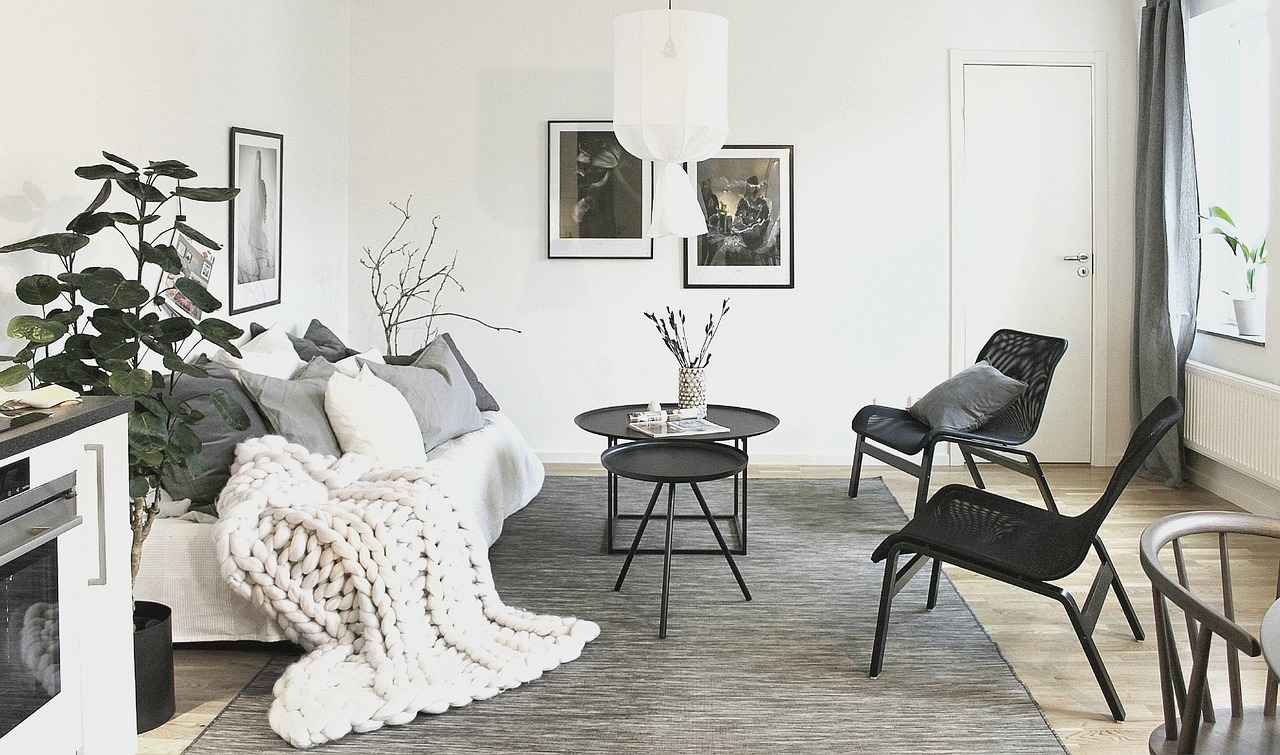
What Are Hanging Room Dividers?
Hanging room dividers have emerged as a popular choice for both residential and commercial spaces, offering a unique way to create separate areas without the bulk of traditional walls. These dividers are typically suspended from ceilings or walls, allowing for a seamless division that enhances the overall flow of a room.
One of the primary advantages of hanging room dividers is their ability to provide a permanent solution for space separation. Unlike freestanding options, which can be easily moved, hanging dividers are installed in place, making them ideal for long-term use. This stability not only ensures that the divider remains in position but also contributes to a more cohesive design aesthetic.
Moreover, hanging dividers can significantly enhance the aesthetic appeal of a room. They can be crafted from various materials, including fabric, glass, and wood, allowing for a range of styles that can complement any decor. For instance, a sheer fabric divider can create a soft, ethereal look, while a wooden panel can add warmth and texture to the space. This versatility makes hanging dividers suitable for different environments, from cozy homes to modern office spaces.
In addition to their visual appeal, hanging room dividers can also improve acoustic performance. By absorbing sound, they help to reduce noise levels, making them an excellent choice for open-plan offices or shared living spaces. This feature can lead to a more comfortable and productive environment, allowing individuals to focus better on their tasks.
When considering hanging room dividers, it is essential to evaluate the installation process. Proper installation is crucial to ensure that the divider is secure and functions effectively. Typically, this involves using brackets or tracks mounted to the ceiling and ensuring that the divider is level. Depending on the material and design, some hanging dividers may require professional installation, especially if they are heavy or involve complex hardware.
Another factor to consider is the maintenance of hanging room dividers. Generally, these dividers require less frequent cleaning compared to freestanding options, particularly if they are made from materials that resist dust and stains. However, the level of maintenance can vary based on the material used; for example, fabric dividers may need regular washing or vacuuming, while glass dividers can be wiped down easily.
Ultimately, the choice of a hanging room divider depends on your specific needs and preferences. Whether you are looking to create a private workspace, define areas in a studio apartment, or enhance the decor of a room, hanging dividers offer a practical and stylish solution. With their ability to blend functionality with aesthetic appeal, they stand out as a versatile option for anyone looking to optimize their space.
- Versatility: Suitable for various settings and styles.
- Stability: Provides a permanent solution for room division.
- Acoustic Benefits: Helps reduce noise levels in open spaces.
- Low Maintenance: Generally easier to care for than freestanding options.
In conclusion, hanging room dividers are a fantastic option for anyone seeking to enhance their living or working space. Their combination of style, functionality, and ease of maintenance makes them an attractive choice for modern interiors.
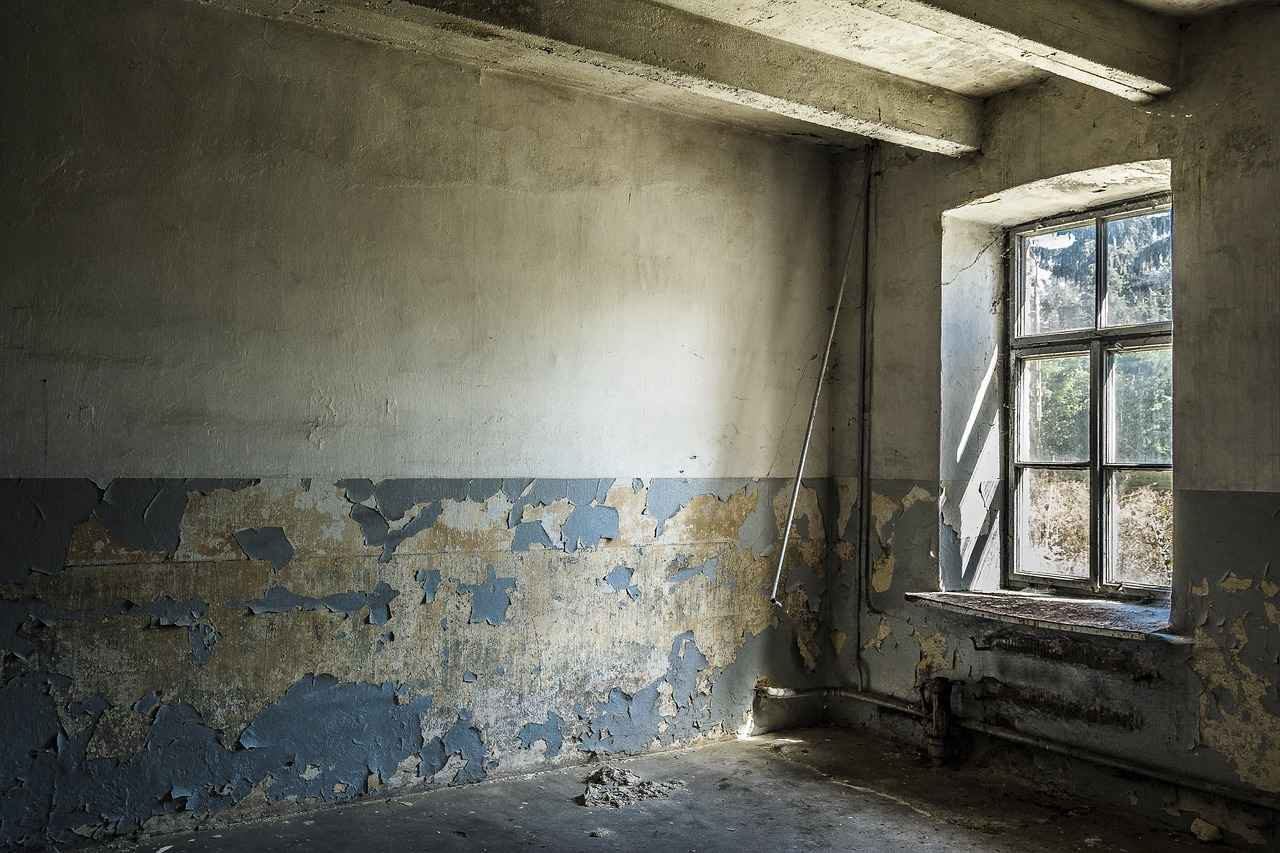
Benefits of Freestanding Room Dividers
When it comes to maximizing space and enhancing functionality, freestanding room dividers stand out as a versatile solution. These independent structures provide a range of benefits that cater to various needs, making them an excellent choice for both residential and commercial environments.
Freestanding dividers are designed to be mobile and easily repositionable. Unlike fixed dividers, these can be moved around without the need for installation, allowing users to rearrange their spaces effortlessly. This feature is particularly beneficial in dynamic environments such as offices, where layouts may need to change frequently.
For those who require a temporary solution, freestanding room dividers are a perfect fit. They can be set up for events, meetings, or even seasonal decorations, providing a flexible way to create distinct areas without permanent alterations to the space. This adaptability makes them an excellent choice for multi-functional areas, such as community centers or shared workspaces.
In addition to their practical benefits, freestanding dividers can also enhance the aesthetic appeal of a space. Available in various styles, colors, and materials, these dividers can serve as decorative elements that complement existing decor. Whether you prefer a modern look with sleek lines or a more traditional feel with intricate designs, there is a freestanding divider that can fit your vision.
Another significant advantage of freestanding room dividers is their ability to improve acoustics and privacy. By creating physical barriers, they help to minimize noise transfer between areas, making them ideal for open-plan offices or shared living spaces. This feature is particularly important in environments where concentration and privacy are paramount.
Maintaining freestanding dividers is generally straightforward. Depending on the materials used, they can be easily cleaned and require minimal upkeep. This practicality is a considerable advantage for busy environments where time and resources are limited.
Freestanding room dividers are often more affordable than their hanging counterparts. They do not require installation costs or additional hardware, making them a budget-friendly option for those looking to enhance their space without breaking the bank. Understanding the cost implications can help you make an informed decision.
- Workspaces: Create private areas for meetings or collaborative zones.
- Residential: Separate living spaces for enhanced functionality.
- Events: Designate areas for different activities during gatherings.
- Education: Create study zones or quiet areas in classrooms.
When selecting a freestanding room divider, consider factors such as size, material, and design. The dimensions should align with the intended use, ensuring that it effectively divides the space without overwhelming it. Additionally, the material should suit the environment—durable materials are ideal for high-traffic areas, while softer fabrics may be more appropriate for residential settings.
Freestanding room dividers offer an array of benefits, from mobility and aesthetic appeal to improved acoustics and privacy. Their versatility makes them suitable for various applications, ensuring that they meet the diverse needs of users. As you consider options for your space, freestanding dividers present a practical and stylish solution that can enhance both functionality and design.
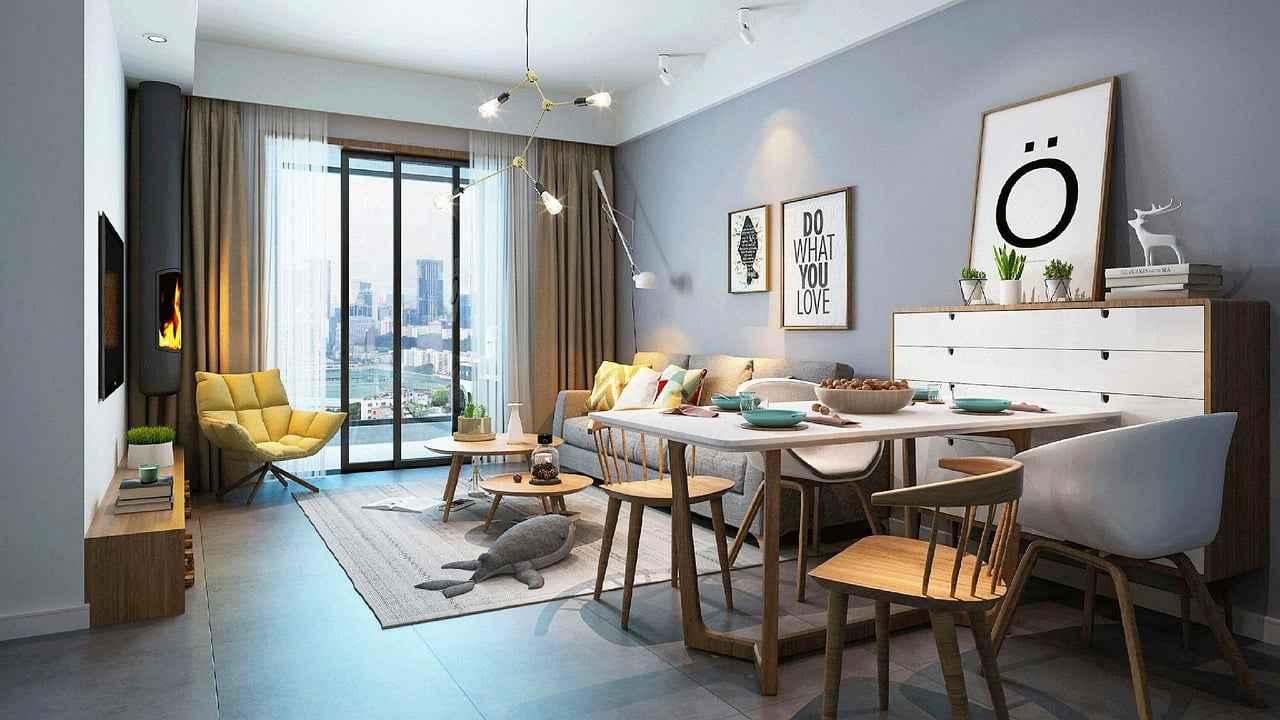
Benefits of Hanging Room Dividers
When it comes to optimizing space in your home or office, hanging room dividers present a unique solution that combines style with functionality. These dividers are not just about separating spaces; they play a crucial role in enhancing the overall ambiance of a room. Below, we delve into the numerous benefits that hanging room dividers offer.
One of the primary advantages of hanging room dividers is their ability to create a sleek and modern aesthetic. Unlike traditional dividers, which can occupy valuable floor space, hanging options are suspended from ceilings or walls, allowing for a more open and airy feel in any room. This design choice not only looks contemporary but also maximizes the use of vertical space.
Another significant benefit of hanging room dividers is their potential to improve acoustic properties within a space. When strategically placed, these dividers can absorb sound and reduce noise levels, making them ideal for environments like offices or studios where concentration is key. The materials used in these dividers, such as fabric or acoustic panels, can further enhance sound dampening, creating a more peaceful atmosphere.
Stability is a crucial factor when considering room dividers. Hanging dividers tend to be more stable than their freestanding counterparts, especially when properly installed. This stability ensures that the dividers remain in place, providing a consistent visual barrier without the risk of tipping over. This feature is particularly beneficial in high-traffic areas where movement is frequent.
Hanging dividers are excellent for space utilization, allowing for the creation of distinct areas within a larger room. They can transform a single room into multiple functional spaces, such as a home office, a reading nook, or a play area for children. By visually separating these areas, hanging dividers help to enhance the functionality of a space without the need for permanent walls.
Maintenance is always a concern when it comes to home decor. Fortunately, hanging room dividers often require less frequent cleaning compared to freestanding options. Depending on the materials used, many hanging dividers can simply be wiped down or vacuumed, making them a practical choice for busy households. Additionally, their elevated position means they are less likely to collect dust and debris compared to floor-standing dividers.
The variety of styles available for hanging room dividers is vast, catering to different tastes and interior designs. From minimalist designs to intricate patterns, these dividers can complement any decor theme. Whether you prefer a modern look with sleek lines or a more traditional aesthetic with ornate details, there is a hanging room divider that fits your vision.
The material of a hanging room divider can greatly influence its appearance and functionality. Common materials include fabric, wood, metal, and glass. Each material offers unique benefits, from the warmth of wood to the sleekness of glass. When selecting a divider, consider not only the aesthetic appeal but also how the material will perform in terms of durability and maintenance.
Installation of hanging room dividers can be straightforward, especially with the right tools and instructions. Many products come with detailed guidelines, making it easier for homeowners to achieve a secure and visually appealing setup. Ensuring that the dividers are properly anchored is crucial for stability and safety.
In summary, hanging room dividers offer a multitude of benefits, from aesthetic appeal to enhanced acoustics and space utilization. They represent a modern solution for those looking to optimize their living or working environments while maintaining a stylish appearance.
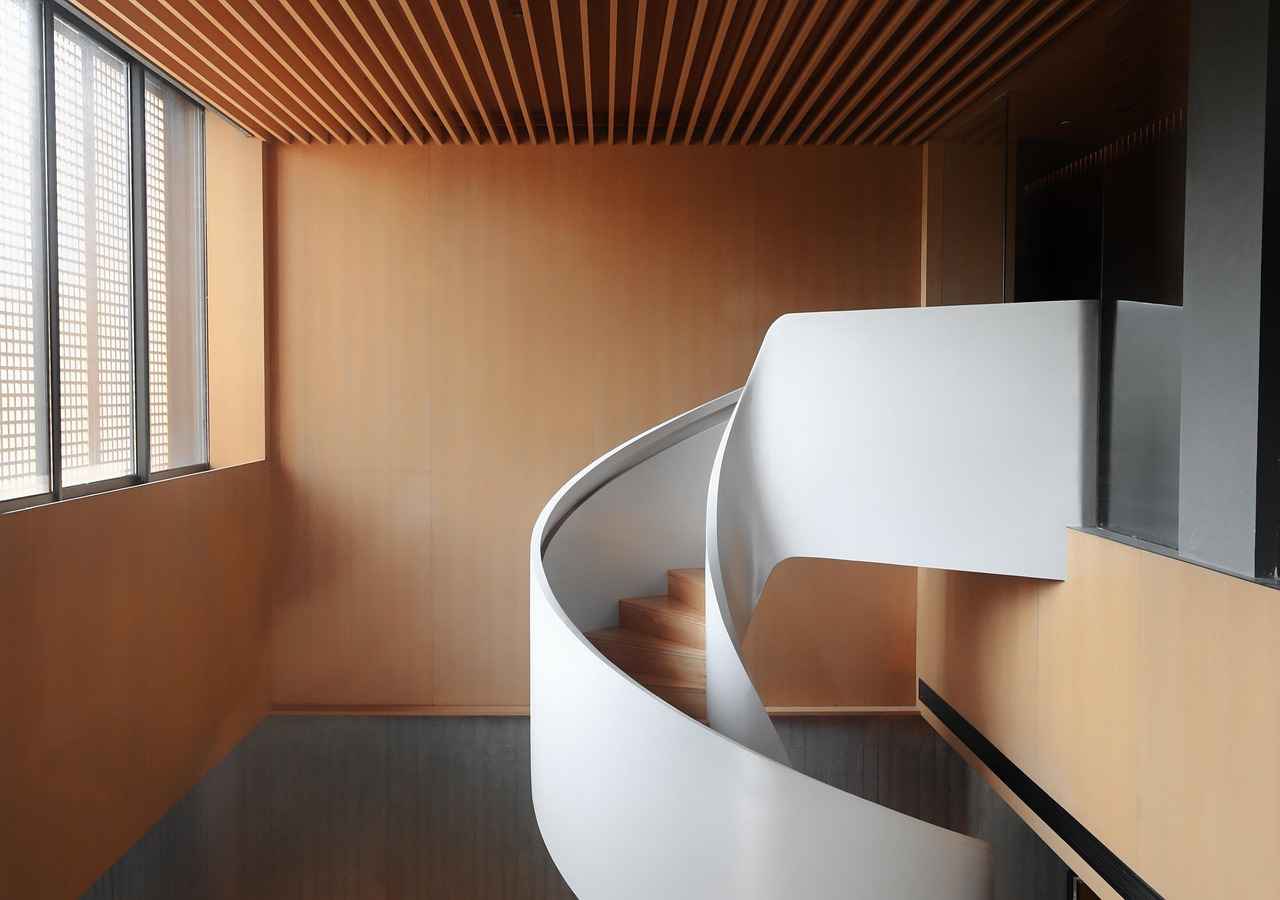
Which Option Is More Affordable?
When it comes to selecting the right room divider, cost is often a major consideration. Understanding the financial implications of both freestanding and hanging dividers can help you make an informed choice that aligns with your budgetary constraints.
Freestanding room dividers typically range in price from $50 to $500, depending on various factors such as size, material, and design complexity. Basic models made from lightweight materials like fabric or plastic are generally more affordable, while high-end options crafted from wood or metal can be on the pricier side. Additionally, custom designs can significantly increase the cost, making it essential to consider your specific needs and preferences.
On the other hand, hanging room dividers often fall within a similar price range, typically between $100 and $600. The cost is influenced by the materials used—fabric, glass, or wood—as well as the complexity of the installation process. Fabric dividers tend to be more budget-friendly, while options that incorporate glass or intricate designs may require a higher investment. Furthermore, the cost of installation should also be factored in, as professional installation can add to the overall expense.
- Installation Fees: If you opt for hanging dividers, consider potential installation costs, especially if you require professional help.
- Maintenance: Some materials may require more upkeep, which can lead to additional expenses over time.
- Accessories: Freestanding dividers may need additional accessories such as weights or stabilizers to ensure they remain upright and functional.
Absolutely! If you’re working with a tight budget, both freestanding and hanging dividers offer a variety of affordable options. Look for sales, discounts, or even second-hand dividers that can provide the functionality you need without breaking the bank. Additionally, DIY projects can be a great way to create a custom divider that fits your style while keeping costs low.
Ultimately, the choice between freestanding and hanging room dividers should be based on your specific needs, space, and budget. Consider the long-term value of each option, including durability and maintenance costs. Assess how each type of divider fits into your overall design aesthetic and functionality requirements. By weighing these factors carefully, you can ensure that your investment aligns with both your financial constraints and your vision for your space.
In summary, while both freestanding and hanging room dividers come with their own price ranges, understanding the full scope of costs—including installation, maintenance, and potential accessories—will help you stay within your budget. Take the time to explore various options, and you’ll find a solution that not only meets your financial needs but also enhances your living environment.

How Do Room Dividers Affect Space Utilization?
Room dividers play a crucial role in optimizing how we utilize our spaces. By strategically placing these dividers, you can transform a large, open area into distinct zones tailored for various activities. This not only enhances the functionality of the space but also creates a feeling of intimacy and privacy.
One of the most significant benefits of using room dividers is their ability to create cozy nooks. For instance, in a large living room, a well-placed freestanding divider can carve out a reading corner, a workspace, or even a small play area for children. This segmentation allows for better organization, making it easier to engage in different activities without distractions. You can use soft fabrics for a warm, inviting feel or sleek materials for a more modern touch.
Room dividers can also effectively separate areas designated for specific activities. In a studio apartment, where space is often limited, a room divider can differentiate the sleeping area from the living space. This division not only enhances privacy but also contributes to an organized layout. For example, a hanging divider can provide an elegant separation while maintaining an open feel, allowing natural light to flow through.
Another advantage of room dividers is their flexibility. Freestanding options can be easily moved, allowing you to adapt your space according to your needs. If you frequently host gatherings, you can rearrange the dividers to create an open area for socializing. Conversely, during quieter times, you can reposition them to foster a more intimate environment. This adaptability makes dividers an excellent choice for multifunctional spaces.
In addition to visual separation, room dividers can also improve acoustics within a space. By breaking up sound waves, they can help reduce noise levels, making it easier to concentrate or relax. For instance, if you have children playing in one area and need to work in another, a well-placed divider can help muffle the sounds, creating a more peaceful environment.
The materials used in room dividers can significantly influence both their functionality and aesthetic appeal. Options range from wood and fabric to glass and metal, each offering unique benefits. For example, wooden dividers can provide warmth and texture, while glass dividers create a modern, airy feel. Choosing the right material not only enhances the visual aspect but also aligns with your style preferences.
For those living in smaller homes or apartments, room dividers are essential for maximizing space. They can be used to create additional storage areas or even serve as a backdrop for decorative elements. By incorporating shelves or hooks into the design, you can utilize the divider itself as functional storage, further optimizing the available space.
In conclusion, room dividers are a versatile solution for enhancing space utilization. They provide the opportunity to create cozy nooks, separate areas for different activities, and improve overall functionality. Whether you opt for freestanding or hanging dividers, the right choice can transform your living environment, making it more organized and aesthetically pleasing. By understanding their benefits, you can make an informed decision that aligns with your lifestyle and design preferences.
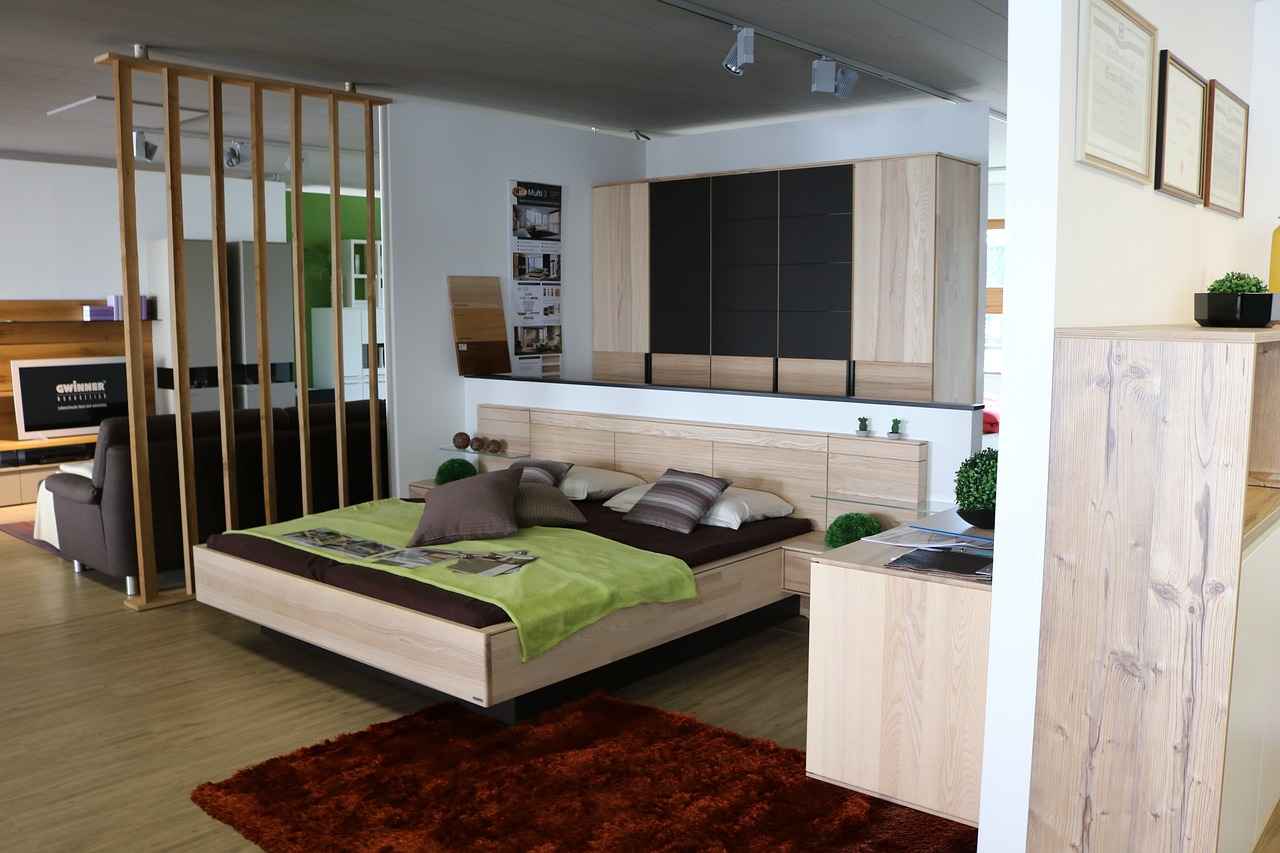
Are Hanging Dividers Easier to Maintain?
When it comes to home decor, maintenance plays a pivotal role in ensuring your space remains inviting and functional. Among various decor elements, room dividers stand out as versatile solutions for creating distinct areas within a room. A common question arises: This inquiry is essential for homeowners and renters alike, as the upkeep of decor can significantly impact the overall aesthetic and comfort of a living space.
Maintenance requirements can vary greatly between hanging and freestanding room dividers. Generally, hanging dividers tend to require less frequent cleaning and upkeep. This is primarily due to their positioning; since they are suspended from ceilings or walls, they are less prone to dust accumulation compared to freestanding options that sit on the floor.
The materials used in hanging dividers significantly influence their maintenance needs. For example:
- Fabric: Hanging dividers made from fabric may require occasional washing or vacuuming to keep them looking fresh.
- Wood: Wooden dividers typically need dusting and may require polishing to maintain their luster.
- Metal: Metal dividers are generally easier to clean, often needing just a quick wipe-down with a damp cloth.
- Glass: Glass dividers can enhance aesthetics but may require regular cleaning to avoid streaks and fingerprints.
While hanging dividers may need less frequent attention, the cleaning techniques used are crucial. For fabric dividers, using a lint roller or a soft brush can effectively remove dust. In contrast, wooden dividers may benefit from a gentle wood cleaner to preserve their finish. Regular maintenance not only keeps your dividers looking great but also extends their lifespan.
Another factor to consider is the stability of hanging dividers. Since they are anchored to ceilings or walls, they are less likely to be knocked over or damaged compared to freestanding dividers. This inherent stability can reduce the frequency of repairs or replacements, making hanging dividers a more cost-effective choice in the long run.
When discussing maintenance, it’s also essential to consider the environmental impact of cleaning products. Opting for eco-friendly cleaners can reduce the chemical footprint of your home while maintaining a clean and healthy living space.
In summary, while both hanging and freestanding dividers have their unique maintenance requirements, hanging dividers often emerge as the easier option. Their lower cleaning frequency, combined with the impact of materials and stability, makes them a practical choice for many homeowners. By understanding the maintenance needs of different materials and employing effective cleaning techniques, you can ensure your hanging dividers remain a beautiful and functional part of your home decor.
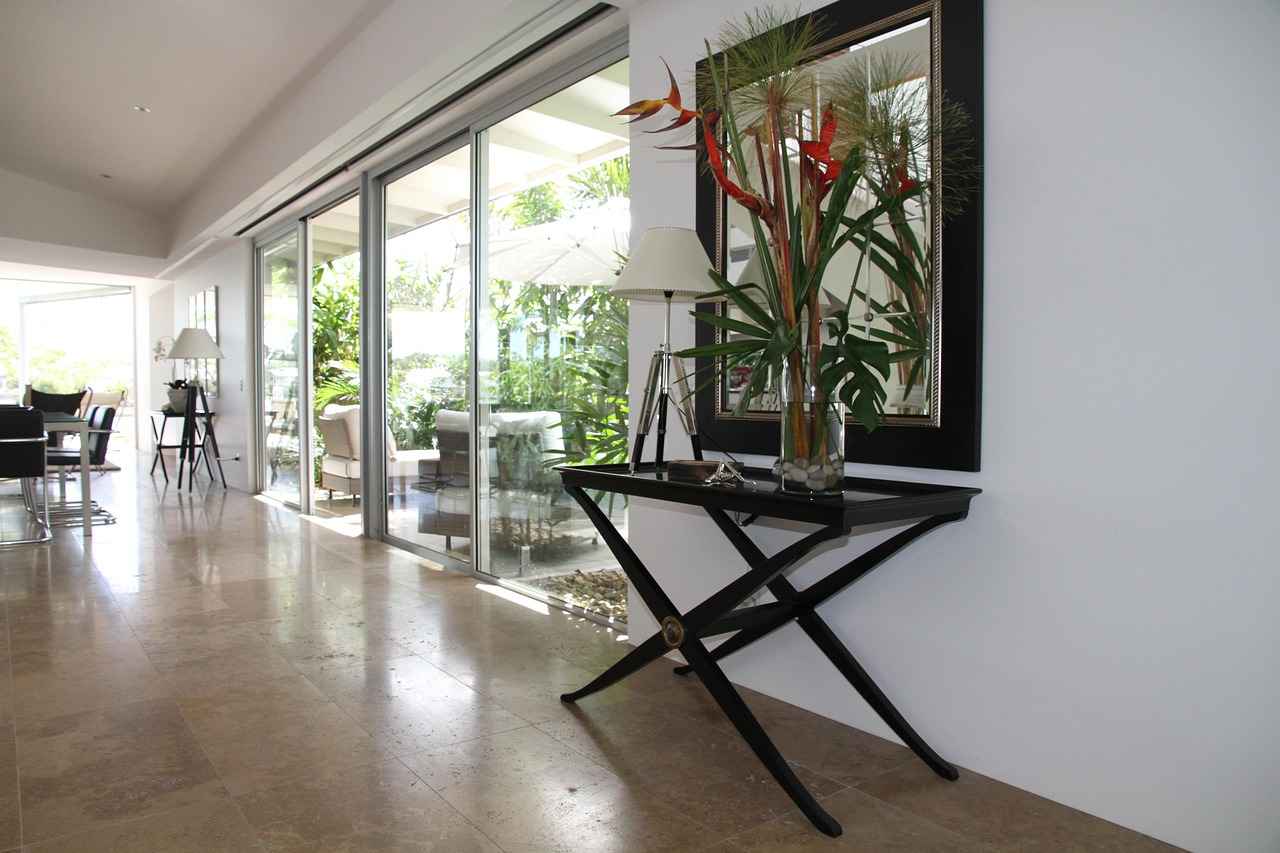
What Materials Are Commonly Used?
When selecting room dividers, the choice of materials plays a crucial role in determining both the durability and the aesthetic appeal of the divider. Each material brings its own set of advantages, allowing you to tailor your selection to suit your specific needs and preferences. Below, we will explore some of the most common materials used for room dividers and their unique benefits.
Wood is a classic material that offers warmth and natural beauty to any space. It is highly durable, making it suitable for both temporary and permanent installations. Wooden dividers can be crafted in various styles, from rustic to modern, allowing for versatility in design. Additionally, wood can be stained or painted to match existing decor, providing a customizable option for homeowners.
Fabric room dividers are popular for their softness and flexibility. They can easily be hung or draped to create a cozy atmosphere. Available in an array of colors, patterns, and textures, fabric dividers can enhance the visual interest of a room. Moreover, they can be easily cleaned or replaced, making them a practical choice for those who like to frequently update their decor.
Metal dividers offer a contemporary look that is both stylish and durable. They are often used in industrial or modern-themed spaces. Metal dividers can be designed with intricate patterns or left sleek and simple, depending on the desired aesthetic. Additionally, they are typically resistant to wear and tear, making them a long-lasting option.
Glass room dividers create an airy and spacious feel in any environment. They allow light to flow freely between spaces, making them ideal for smaller rooms or areas where a sense of openness is desired. Glass can be frosted or clear, providing options for privacy while maintaining a modern aesthetic. However, it is important to consider the fragility of glass and ensure proper installation to prevent accidents.
Many room dividers are now made from a combination of materials, such as wood and metal or fabric and glass. This approach allows for a more dynamic design, offering the benefits of multiple materials. For example, a wooden frame with fabric panels can provide both stability and softness, catering to various style preferences.
In summary, the selection of materials for room dividers significantly influences both their functionality and appearance. Whether you prefer the natural warmth of wood, the softness of fabric, the sleekness of metal, or the elegance of glass, understanding the unique benefits of each material can help you make an informed decision. Consider your space, style, and practical needs when choosing the perfect room divider for your home.

How to Choose the Right Size?
Choosing the right size for your room divider is a crucial step that significantly impacts both functionality and design. A well-selected divider can enhance the aesthetics of your space while serving its intended purpose effectively. Below are some key considerations to help you make an informed decision.
- Assess Your Space Dimensions: Before selecting a divider, measure your room carefully. Consider the height, width, and depth of your space. A divider that is too large can overwhelm a small room, while one that is too small may not effectively define areas.
- Consider the Purpose: Think about what you want to achieve with the divider. Is it to create a private workspace, separate a living area, or simply enhance decor? The intended use will dictate the optimal size.
- Height Matters: The height of the divider is particularly important. If you aim for privacy, a taller divider may be necessary. Conversely, if you want to maintain an open feel, a shorter divider could be more appropriate.
- Thickness and Depth: The thickness of the divider can affect the perception of space. Thinner dividers can create a more airy feel, while thicker options may provide better sound insulation.
- Flexibility: If your space is multifunctional, consider a divider that can be easily moved or adjusted. This flexibility allows you to adapt the size and configuration according to your needs.
When selecting the right size, it’s also important to think about the style and material of the divider. For example, a lightweight fabric divider may require less space and can be easily reconfigured, while a heavy wooden divider might demand more room and a permanent setup. Additionally, the color and design of the divider should complement your existing decor, enhancing the overall aesthetic.
Lastly, consider the acoustic properties of the divider. If sound insulation is a priority, larger and thicker dividers may perform better in reducing noise. On the other hand, if the goal is merely to delineate spaces without blocking sound, a lighter, more open design might suffice.
In summary, selecting the right size for your room divider involves a careful balance of functionality, design, and personal preference. By taking the time to assess your space, purpose, and desired aesthetic, you can choose a divider that enhances your environment while fulfilling its intended role.
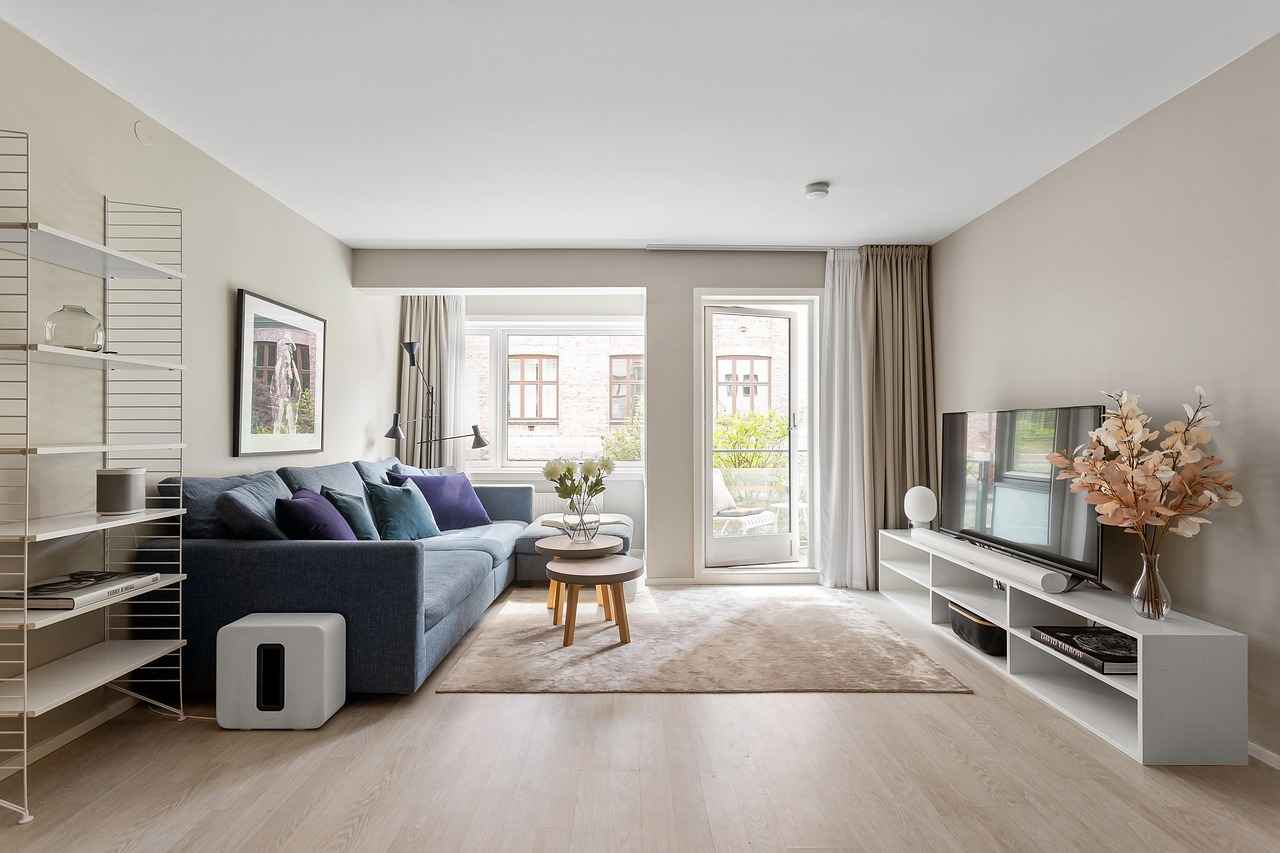
Can Room Dividers Enhance Privacy?
When it comes to creating distinct areas within a larger space, room dividers play a pivotal role. One of the most significant considerations for many individuals is how these dividers can enhance privacy. This article delves into the ways room dividers can provide both visual and acoustic separation, ultimately influencing your choice of divider type.
Visual privacy refers to the ability to prevent others from seeing into a designated area. Freestanding room dividers, such as screens or panels, can effectively block sightlines and create a sense of enclosure. These dividers are particularly beneficial in open-concept spaces where different activities occur simultaneously. For instance, a fabric screen can soften the look of a room while providing a visual barrier between a workspace and a relaxation area.
In addition to visual separation, acoustic privacy is crucial, especially in shared living or working environments. Hanging room dividers, often made from sound-absorbing materials, can significantly reduce noise levels. By installing a hanging divider, you can create a quieter space that enhances focus and productivity. For example, a curtain-style divider can dampen sound transmission, making it an excellent option for home offices or study areas.
When selecting a room divider with privacy in mind, consider the following:
- Material: Look for heavy fabrics or solid materials that can effectively block sound and sight.
- Height: Taller dividers generally provide better privacy, especially in spaces with high ceilings.
- Design: Opt for designs that complement your decor while fulfilling the functional requirement of privacy.
Depending on your needs, you may prefer a temporary or permanent solution. Freestanding dividers are ideal for those who frequently rearrange their spaces, allowing for flexibility without installation. On the other hand, hanging dividers offer a more permanent solution, making them suitable for long-term setups where consistent privacy is desired.
Beyond privacy, room dividers can also:
- Define Spaces: They help delineate areas for different functions, enhancing the overall flow of the room.
- Add Aesthetic Appeal: A well-chosen divider can serve as a decorative element, contributing to the room’s overall design.
- Improve Functionality: By segmenting areas, dividers can make spaces more usable, facilitating various activities without interference.
In summary, room dividers can significantly enhance privacy in both residential and commercial environments. By understanding the differences between freestanding and hanging options, you can select the right type of divider that meets your needs for visual and acoustic separation. Whether you require a temporary solution or a more permanent installation, the right room divider can transform your space into a more private and functional area.
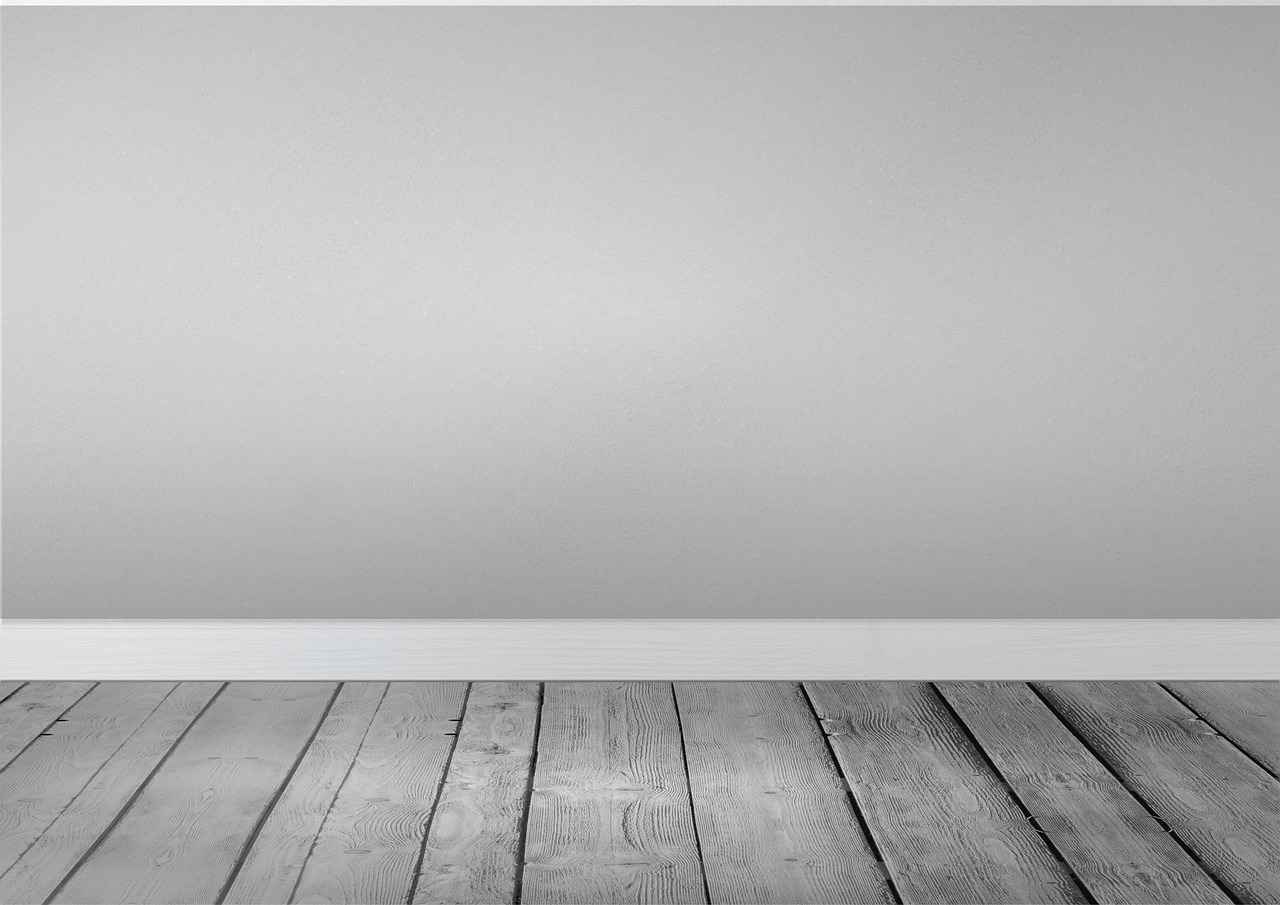
What Style Options Are Available?
When it comes to enhancing your living space, the style of your room divider plays a crucial role in complementing your overall interior design. With a plethora of options available, from contemporary to classic, exploring these styles can significantly elevate your decor. This section delves into the various style options for room dividers, helping you make an informed choice that aligns with your taste and functionality needs.
Modern room dividers typically feature sleek lines, minimalistic designs, and innovative materials. These dividers often use glass, metal, or fabric with geometric patterns, making them perfect for contemporary homes. They not only serve as functional pieces but also act as artistic statements that can enhance the aesthetic appeal of any room.
If your home embodies a classic charm, traditional room dividers may be the ideal choice. Crafted from rich woods and featuring intricate carvings or motifs, these dividers evoke a sense of warmth and nostalgia. They can seamlessly blend with vintage furniture and decor, making them a favored option for those who appreciate timeless elegance.
For those drawn to a more rustic or farmhouse aesthetic, consider dividers made from reclaimed wood or featuring distressed finishes. These styles add character and a cozy feel to your space, making them perfect for creating intimate areas in larger rooms. The natural textures and earthy tones can beautifully complement your decor.
Industrial-style room dividers often utilize raw materials such as metal and exposed wood, creating a rugged yet chic look. These dividers are perfect for loft-style apartments or urban settings, where the blend of functionality and aesthetic appeal is paramount. Their bold designs can serve as focal points in any room.
Fabric room dividers offer versatility and softness to a space. Available in various colors, patterns, and textures, they can easily be matched with your existing decor. These dividers are lightweight and can be easily moved, making them ideal for temporary setups or multi-functional areas. Additionally, they can provide a degree of sound absorption, enhancing privacy.
Sliding room dividers are a space-saving solution that provides both style and functionality. They can be made from a variety of materials, including glass and wood, and slide open or closed to create flexible spaces. This option is particularly useful in smaller homes where maximizing space is essential.
For those who want a truly unique piece, customizable room dividers allow you to tailor dimensions, materials, and designs to fit your specific needs. This option provides the opportunity to create a divider that perfectly matches your decor while serving its intended purpose. Working with a designer can help you achieve a cohesive look that stands out.
When selecting a room divider, consider the overall theme and color palette of your space. A well-chosen divider can enhance the flow of your home and create a harmonious environment. Think about the functionality you need—whether it’s privacy, separation, or decoration—and choose a style that aligns with those needs.
In conclusion, the style of your room divider can significantly influence the ambiance of your space. By exploring various options, from modern to traditional, you can find the perfect match that not only fulfills your practical needs but also enhances your interior design.

How Do I Install Hanging Room Dividers?
Installing hanging room dividers can transform your space, offering both functionality and style. This process requires knowledge of specific techniques and tools to ensure a secure and visually appealing setup. Here’s a comprehensive guide to help you navigate the installation process effectively.
- Gather Necessary Tools and Materials: Before you begin, collect all the tools you will need. Common items include a drill, screwdriver, level, measuring tape, and appropriate hanging hardware such as brackets or hooks.
- Measure Your Space: Accurate measurements are crucial. Determine the height and width of the area where you plan to install the divider. This will help you select the right length for your divider and ensure it fits perfectly.
- Choose the Right Hanging Method: Depending on your ceiling type, you can opt for various hanging methods. For drywall ceilings, toggle bolts may be necessary, while wooden beams can accommodate screws directly. Ensure that the method you choose supports the weight of the divider.
- Mark the Installation Points: Using a pencil, mark the spots on the ceiling or wall where the hardware will be installed. Use a level to ensure that your marks are straight, which is essential for a professional look.
- Install the Hardware: Begin by drilling holes at the marked points. Insert the appropriate anchors or screws, then attach the brackets or hooks securely. Make sure everything is tightened properly to avoid any future issues.
- Hang the Divider: With the hardware in place, carefully hang the divider. If it’s a fabric divider, ensure it is evenly distributed across the hardware to avoid sagging. For heavier materials, consider having a second person assist you with this step.
- Adjust and Secure: Once hung, step back and assess the alignment. Make any necessary adjustments to ensure it hangs straight. You may need to tighten or loosen certain hardware to achieve the desired look.
- Finishing Touches: After installation, consider adding weights at the bottom of fabric dividers to prevent swaying. You can also incorporate decorative elements like curtain ties or clips for added flair.
By following these steps, you can successfully install hanging room dividers that not only serve their purpose but also enhance the aesthetic appeal of your space. Remember, the key to a successful installation lies in careful planning and execution. Take your time to ensure everything is done correctly, and enjoy the new look of your room!
Frequently Asked Questions
- What are the main differences between freestanding and hanging room dividers?
Freestanding room dividers are movable and can be easily repositioned, making them great for flexible spaces. On the other hand, hanging dividers are fixed to walls or ceilings, offering a more permanent and sleek solution.
- Can I use freestanding dividers in small spaces?
Absolutely! Freestanding dividers can be a perfect choice for small areas as they can be adjusted or removed as needed, allowing you to maximize your space without feeling cramped.
- Are hanging dividers difficult to install?
Not at all! While they do require some installation work, with the right tools and instructions, hanging dividers can be set up quite easily. Just make sure to follow the guidelines for secure placement.
- How do I maintain my room dividers?
Maintenance varies by type; generally, hanging dividers may require less frequent cleaning than freestanding ones, especially if they are made from durable materials. Regular dusting and occasional deep cleaning will keep them looking fresh!
- What styles are available for room dividers?
There’s a wide range of styles! From modern and minimalist to rustic and traditional, you can find dividers that fit your decor perfectly. Choose one that resonates with your personal taste and complements your space.


